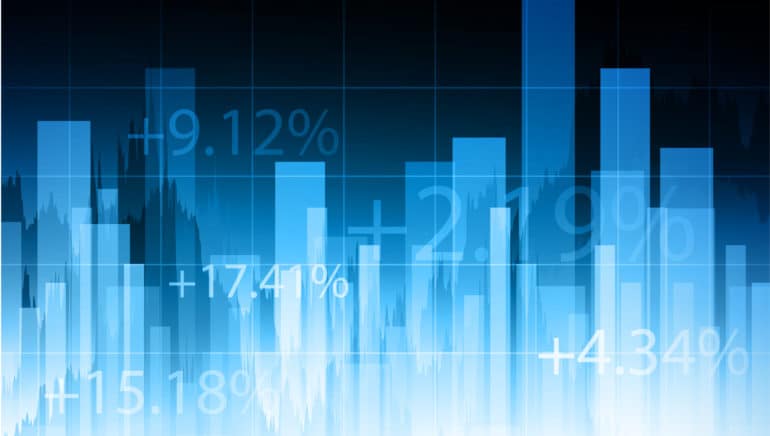Just as equity markets looked set for a smooth finish to the year, the emergence of Omicron – a new variant of Covid-19 – rattled investor confidence and led to a multi-day sell-off, starting on November 26th.
Even though the decline in major indices was in many ways different than the ones we observed throughout 2021, one thing didn`t change: market participants quickly jumped in to buy, resulting in the strongest 2-day performance of equities this year.
Omicron and the Fed
A worsening pandemic and a further round of lockdowns continue to pose the biggest risk to the ongoing recovery in earnings and in the economy. Therefore, it should come as no surprise that new variants of the virus have a tendency to hurt investor sentiment in the short term.
This time, however, the nervosity was elevated by the fact that the Fed just recently started tapering its monthly asset purchases. As inflation numbers show no signs of easing yet, there is an increasing likelihood that the world`s most important central bank will soon be forced to tighten monetary policy faster than initially planned.
Capital markets project multiple rate hikes in the US going forward

As a result, the MSCI World index declined by more than 4% from its recent peak and volatility indices jumped to their highest level since early February.
As part of the risk-off mode, 10-year yields on both sides of the Atlantic declined and the US yield curve – which is one of the main indicators for confidence in future growth – flattened to levels not seen since the end of 2020.
The VIX volatility index increased above 30 for the first time since February

Source: Bloomberg
Interestingly, the tech heavy Nasdaq Composite fell disproportionately in the week from November 26th to December 3rd – underperforming the S&P 500 by a margin of 1.4% – even though the fast-growing tech sector usually exhibits defensive traits when market stress increases and yields decline.
The Nasdaq Composite underperformed during the sell-off, before bouncing back

Source: Bloomberg
Market optimism quickly returns
While it would definitely be a mistake to dismiss Omicron’s potential to harm markets just yet, it is fair to say that one of the reasons for the quick rebound in equities lies in this year`s investor experience, namely that the risks associated with new variants have turned out to be overdone in many cases.
So far, data suggests that while Omicron has higher transmissibility, the symptoms associated with the variant are milder than in the case of its predecessors.
Also, it is likely that the market realized it will take more than just some short lockdowns here and there to significantly derail the global economy from its expansionary course. The world is slowly but surely adjusting to short-term interruptions caused by the pandemic, and until there is growth, equities will likely continue the bull market which started in March last year.
So how will this year end?
As I argued recently, equities remain an attractive asset class even in a riskier environment, as bond yields are just too low in comparison.
A policy mistake by the Fed – by tightening too aggressively – has the potential to hurt this narrative in the future, but one should not forget that we are just in the early stages of monetary tightening, and the Fed has proven over the last years to be a very skilled market communicator.
News of Omicron sent the US 10-year yield lower and led to a flattening of the yield curve

Source: Bloomberg
The uncertainties caused by Omicron and the Fed will likely leave us with higher volatility into year-end. Even so, developed market indices are on their way to finish 2021 with solid double-digit percentage gains.
For the S&P 500 and MSCI World, this would be the third such year in a row, measured in USD-terms, whereas the European gains come after last year`s declines in indices like the Stoxx 600 or the Eurostoxx 50.
Whether 2022 can by a similarly good year for equities, remains to be seen.
Legal note:
Prognoses are no reliable indicator for future performance.

